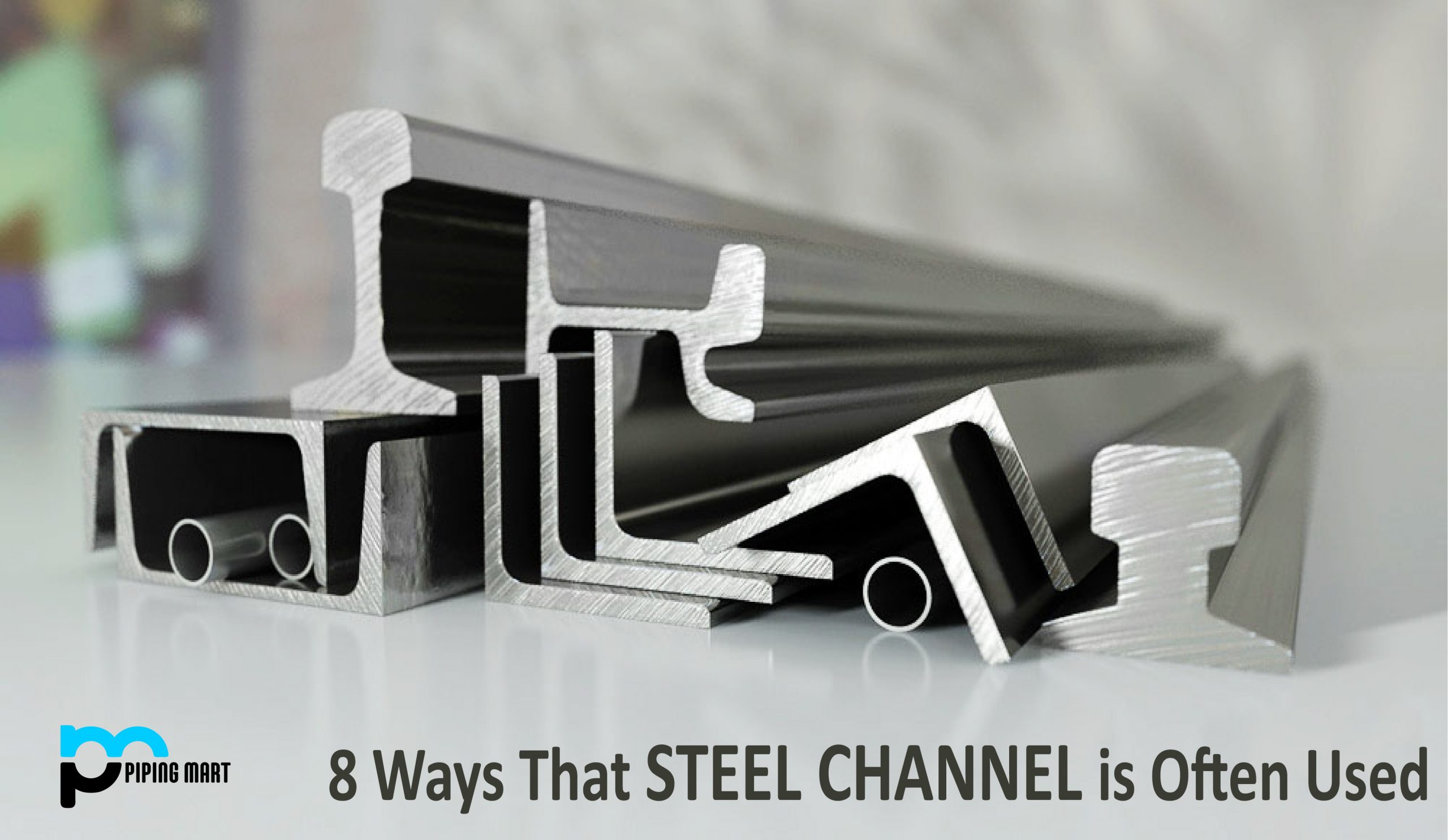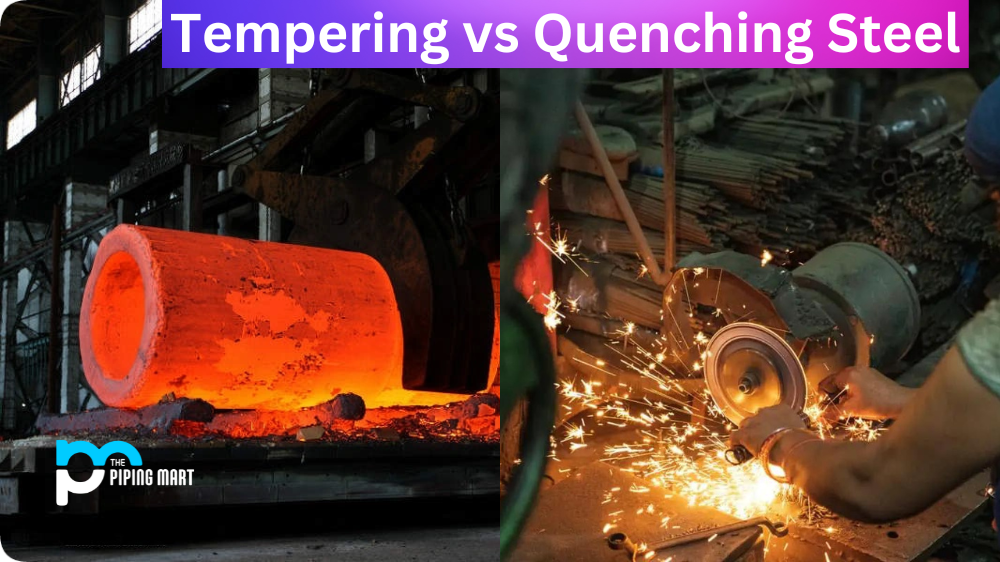Hot rolled steel channels is a type of steel product that, has a vertical web with horizontal flanges at the top and bottom. These are available in a variety of sizes and web thicknesses. Steel channels, in their most basic form, have high structural strength, making them ideal for frames and bracings. Steel channels are commonly used in the fabrication of important and strong components of machinery or structures.
The channel steel is very strong and also has a broad, flat surface that is ideal for attaching items and providing support. C channel steel is most commonly used to support bridge decks and other heavy machinery. Flex and other forces that can break more rigid I-beams and H-beams can be absorbed by this steel. Steel channel is a versatile product that is available in a wide range of sizes and widths.
Take a look at five of the most common applications of steel channels.
Walls
To build walls for garages, warehouses, workshops, and other metal structures Steel Channel is used. The studs run vertically from the bottom plate to the top plate of the wall, bearing the vertical load of the structure. Steel channel when compared to wood studs can support much more weight and is much more rigid while the weight difference between wood studs and steel channel is negligible. On another hand, it is difficult to put together because it requires welding, bolting, or riveting rather than just nailing.
Pole Barn Walls
Steel channel could be used to form the walls of pole barns, in which it is run horizontally from pole to pole to provide an attachment point for the exterior siding, which is typically sheet metal. On the inside, it can also be used to support drywall or other interior wall finishes. The distance between the poles can be increased without compromising the wall’s integrity by using a steel channel instead of wood slats or other products. Over longer lengths, wood can easily warp or twist, making the finished wall appear wavy or uneven and reducing its rigidity and load-bearing capacity.
Roofs
Steel channels can be used as rafters on light-duty roofs, running from the eaves to the ridge and providing support for the roof deck. Steel channel, rather than wood rafters, allows for smaller and lighter rafters to support the same amount of weight. Steel channel is stronger and lasts longer than wood, and it won’t rot fungal decay or moisture. On heavy-duty roofs, I-beams are commonly used as the rafters and ridge, and a steel channel is placed perpendicularly on top of the rafters every few feet, from the ridge down to the eave.
Window and Door Frames
Steel channels could be used to create secure frames for windows and doors in both metal and wood-framed buildings. The channel is made of four pieces that slide over the wall in the window or door opening and have miter joints on each end. This creates a flat surface in the opening that can be used to mount a door or window, and it is far more secure than wood frames. Commercial fire doors, as well as sub-grade basement doors, are frequently framed with a steel channel.
Wood Beam Supporter
In a wood-framed building that requires additional strength, a steel channel can be used to increase the rigidity and strength of wooden beams. Wood beams can be placed inside a large steel channel for added strength and to make it easier to attach joists and other components to the wood beam. To increase the strength of an existing beam during a remodel, a smaller steel channel can be placed at the bottom and supported by posts. It can also be used as a cap on top of the beam during construction to add extra strength to the structure.
Vehicle Frames
Steel channel is frequently used to construct vehicle frames, and it is frequently specially formed for that purpose. The mainframe rails that also run from the front to the back of the vehicle are usually made of a heavy-duty steel channel. Cross members, braces, and structural components like radiator supports can all be made from a lighter steel channel. A steel channel in a vehicle provides enough strength and rigidity to keep the vehicle from flexing too much while still allowing some movement to compensate for the torque produced by the engine.
Trailers
Trailers, such as flatbed trailers, box trailers, travel trailers, and recreational vehicles, are frequently constructed with steel channels. The main frame rails and the tongue, which connects to the towing vehicle, can be made out of a heavy-duty steel channel. It can also be used for the outer edges of the trailer and as joists running perpendicular to the frame rails to build the floor structure. The trailer’s deck would then be finished with flooring, either made of wood or metal, attached to the joists. Steel channel can also be used to make load-securing rails or studs for the walls and roof of an enclosed trailer like a box trailer or a flatbed trailer.
Metal Building
In commercial and industrial buildings, such as warehouses, the steel channel is frequently used in conjunction with I-beams and other steel products. It could be used as girts, studs, braces, joists, and other structural components without the added strength of an I-beam. It’s frequently welded, bolted, or riveted into place, and it’s strong and rigid for its size.
Railings, stair stringers, bridge trusses, and guard rails are just a few of the applications for steel channels. It’s a versatile product that’s strong, lightweight, and low-maintenance.

Pipingmart is B2B portal specializes in industrial, metal and piping products. Also, share latest information and news related to products, materials and different types grades to help business dealing in this industry.




